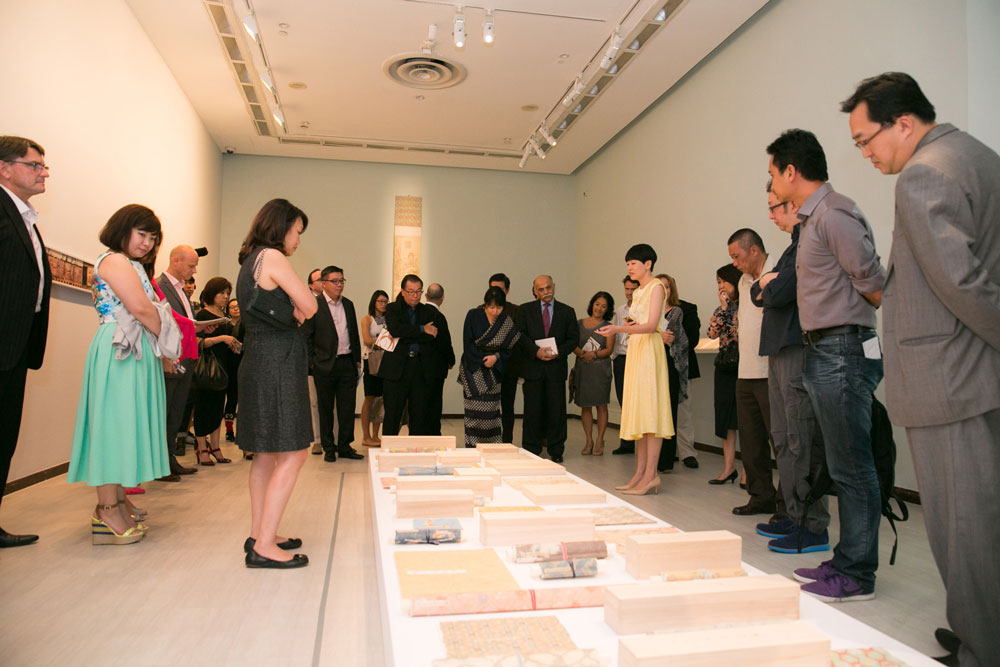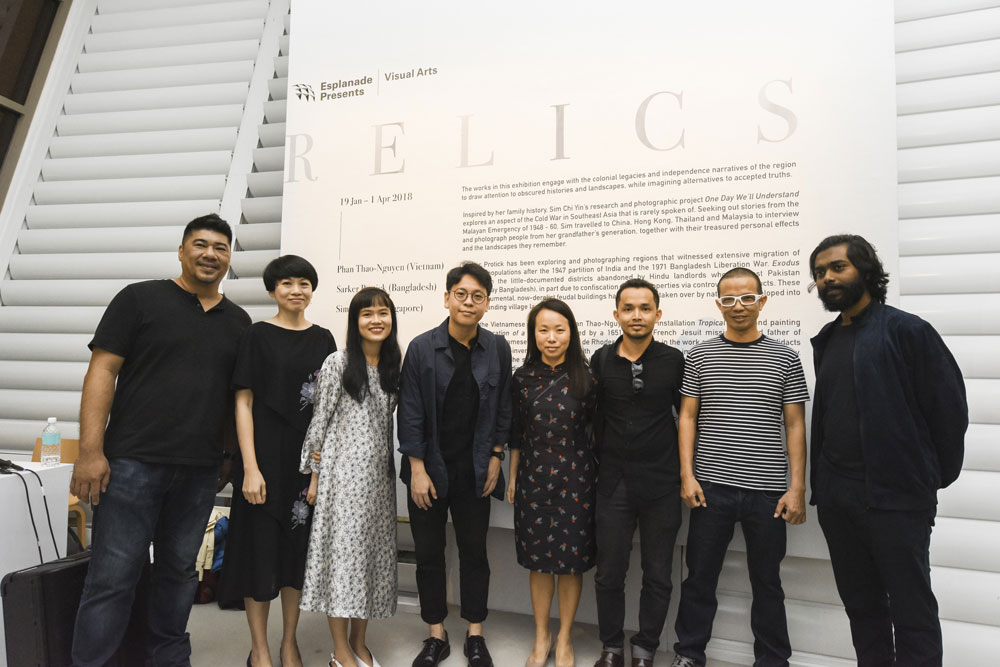Sam I-shan is curator at the National Gallery of Singapore, and was formerly curator at the Singapore Art Museum and the Esplanade Visual Arts, where she focused on the moving image and photography from Southeast Asia and wider Asia. As the curator for the Open Category for the Objectifs Documentary Award, I-shan shares her views on what draws her to an artist’s work, and how presentation modes for lens-based artists are evolving.
What do you look out for when evaluating a photographer or artist’s body of work/proposal?
The first thing I pay attention to is whether an artist has a distinct voice or vision, and has thought through their point of view; and also, whether the work has something interesting to say, or is able to pull you into the orbit of its exploration. Beyond the initial draw, the kind of work that stays with me is at once surprising but also inevitably itself. Such work unexpectedly bridges ideas or worlds that were previously unconnected, but does so with an ineffable power that reveals how the artist perceives and works, and you get the sense that they couldn’t have done it any other way. This takes instinct, balls, emotion, sureness of ability, and resolute editing.
I also pay attention to where the artist is in their practice, and look at each body of work in relation to the context of their own sense of development, be they at a crossroads, or in the midst of refining an approach and theme. I enjoy coming across artists who have an unaffected sense of themselves in relation to a lineage of practitioners, or to an artistic tradition. Having a consciousness of one’s place in the world serves as a counterbalance that’s critical to making a difference through practice. If one is curious and has a sense of time and place bigger than oneself, it will show in the outcome; and this true for anyone whose work pertains to making and thinking.
Do you see any new trends emerging in how non-fiction visual storytelling is presented?
An increasingly wide range of contexts to present such work is now available, and intriguing responses include those that make the fullest use of their medium. While some work presents best in a gallery context, others might work better as artist books, print publications, audio-visuals, or even interactive media. However, the work should never be in service to its medium, but always come first, so these forms must always be approached with discernment and imagination. What’s also compelling is work that emerges from a sustained approach to the subject. So much comes and goes very quickly these days, that it is rewarding to see work that artists have spent a significant amount of time developing.
What are your views on the necessity of supporting non-fiction visual storytelling in the region?
There are many opportunities for lens-based artists to exhibit and develop professionally, including institutional or commercial spaces, as well as international festivals, biennials and triennials of varying scales. At the same time, the field is so diverse that it takes effort to understand it and find one’s niche. The law of accumulated advantage can be unrelenting, and of course, there’s always the reality of having to make a living. It takes luck and discipline to be able to get to a place where you can apply yourself to consistently making good work, so practical things like grants, dedicated blocks of time and attention to devote to a project, and the chance to work with serious people with different experiences and expertise always help. It’s great that Objectifs is creating more opportunities for artists by supporting the creation, contextualisation and presentation of their work. I am honoured to be a small part of this inaugural documentary award, and very much look forward to learning more about the richness of our region.
The Objectifs Documentary Award is now open for applications. The deadline for applications is 6 May 2018.
Get to know the rest of the selection panel here.


